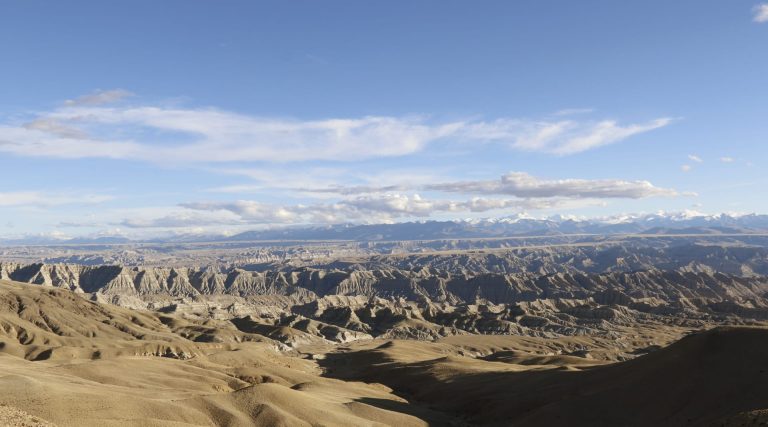Introduction: Forest fires pose a significant threat to ecosystems and human settlements. Timely detection and monitoring are critical in managing these disasters, and UAVs are emerging as indispensable tools in this fight. This article explores the role of Unmanned Aerial Vehicles (UAVs) in forest fire detection and monitoring, highlighting their capabilities and advantages over traditional methods.
Understanding UAVs in Firefighting: UAVs are aircraft without onboard pilots, controlled remotely or autonomously. They are equipped with advanced technologies such as infrared cameras, GPS, and specialized sensors that enhance their operational efficiency and precision.
UAVs in Action: Forest Fire Detection and Monitoring
UAVs offer several advantages in forest fire detection and monitoring:
– Aerial Surveillance: Equipped with high-resolution and thermal imaging sensors, UAVs can identify small fires from a safe distance and cover large areas rapidly.
– Real-time Monitoring: They provide continuous visual updates, map fire extents, identify hotspots, and assist in strategizing firefighting efforts.
– Safety: Able to fly over dangerous areas, reducing risks to human teams.
Pros & Cons: UAVs vs Traditional Methods
Advantages:
– Early Detection: UAVs can spot fires in their early stages with thermal sensors.
– Real-time Data: Offer live data to aid in tactical firefighting decisions.
– Accessibility: Reach remote and risky areas inaccessible to ground crews.
– Cost-Effectiveness: Less fuel and manpower required compared to manned aircraft.
– 24/7 Operation: Unaffected by fatigue, providing constant monitoring.
Challenges:
– Regulatory Constraints: Must adhere to airspace regulations and no-fly zones.
– Technical Limitations: Weather conditions and battery life can limit operations.
– Data Overload: Processing vast real-time data can be complex.
Exploring UAV Technologies for Fire Monitoring:
UAVs use various sensors for fire detection:
– Infrared Sensors: Detect heat signatures in low visibility.
– Thermal Cameras: Map hotspots and track fire spread.
– Multi-spectral Sensors: Gather comprehensive data across different wavelengths.
Evaluating the Cost-Effectiveness of UAVs:
UAVs offer long-term savings by reducing manpower, lowering maintenance and operation costs, and mitigating damage through early detection.
Unraveling the Challenges of UAVs in Fire Detection:
Despite advantages, UAVs face limitations such as regulatory hurdles, weather impacts, and data processing challenges.
The Role of UAVs in Post-Fire Recovery:
Beyond active fire monitoring, UAVs assist in post-fire recovery by assessing damage, monitoring soil erosion, and planning reforestation.
Case Studies:
Successful UAV deployments in California and the Amazon Rainforest have demonstrated their efficacy in real-time surveillance and post-fire analysis.
Navigating Regulations and Training for UAV Usage:
Understanding regulations and obtaining necessary permits is crucial. Training for UAV operators includes operation, emergency response, and data analysis.
Pioneering the Future: UAVs and AI in Fire Detection:
The integration of AI with UAVs is set to enhance data analysis, real-time decision making, and predictive modeling for forest fire management.
Selecting the Right UAV for Forest Fire Monitoring:
The selection process involves identifying mission-specific needs and evaluating UAV options based on performance, reliability, cost, and support.
Environmental Impact and UAV Operations:
Consideration of the environmental impact includes minimizing disruption to wildlife and reducing the carbon footprint through sustainable operations.
Leveraging UAV Data for Fire Management:
Effective integration of UAV data into fire management systems involves processing, analysis, decision-making, action, and review.
Conclusion:
UAVs are revolutionizing forest fire detection and monitoring, providing quick, accurate, and real-time data. As climate change intensifies the risk of forest fires, UAVs offer a powerful solution for early detection and effective response, helping to mitigate the spread of uncontrollable fires.




